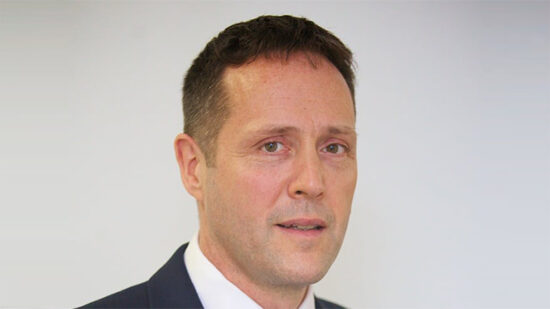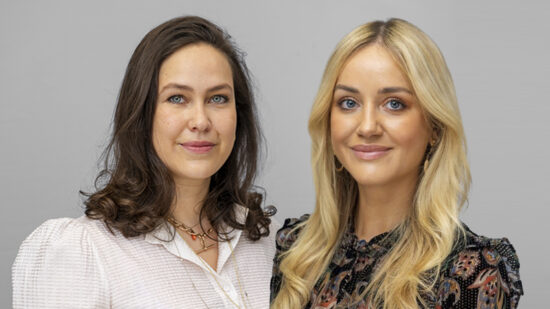Strategic bonds
The firm also retains a significant exposure to strategic bond funds, through the GLG Strategic, L&G Dynamic and TwentyFour Dynamic bond funds. The remaining exposure to equity markets has shifted as well.
He says: “We were early into the US but it has been a low preference for some time now, so we have taken more money off the table there. Europe has been a high preference and has performed well, but with valuations now higher, we are currently assessing whether or not we should reduce the position.”
In Japan, Kilpatrick says, equities have done well, and the firm recently took the decision to book some of the gains made by switching out of hedged exposures.
“We have moved our hedged positions into the unhedged JO Hambro Japan Dividend Growth Fund because the currency has weakened enormously and we have benefited from that by being hedged. We can de-risk the portfolio just by switching that out, while keeping the allocation the same,” he says.
In the UK, Cornelian is a direct investor, which is understandable given Kilpatrick’s former life as a long-only stockpicker. It has a very concentrated, 30-stock portfolio, he says, which has beaten the FTSE All-Share index by more than 20% since launch. It is an area in which the team continues to see opportunity.
Emerging picture
Given where valuations are and the uncertainty that remains about the prospects for growth, it makes sense that the firm’s highest conviction is in what it does not own – in this case emerging markets.
The firm is only exposed to emerging markets directly through one fund, Findlay Park Latin American, which Kilpatrick says, is primarily because of the group’s views on the strong dollar and China and, in particular the potential for a Chinese devaluation to disrupt export markets in other emerging markets.
While there are concerns and reasons to take risk off the table, Kilpatrick is quick to add that he does still see opportunity.
“We are well aware quantitative easing (QE) in the G4 economies continues unabated. The US has shut the taps off but EU has taken up all the slack, and the Japanese are continuing apace. If you look at the G4 economies, the QE programme has continued as it has for years.”
This, Kilpatrick says, should support asset prices globally for a long time, especially when considered in light of China’s determination to keep stimulating its economy and the benefits of the fall in oil prices to energy consuming nations.
“So although we have taken a lot of risk off the table because we are less convinced of the upside potential, we are not prepared to batten down the hatches and go substantially risk-off.
But,” he adds. “We believe the risks to the downside are greater than those to the upside at this stage.”
Common stocks
Run as a family, the commonality of names across the range is high. “What we do is simple,” Kilpatrick says.
“For the more defensive types of investment, the defensive fund will have a significant proportion and the progressive fund will have a small amount or none, while the opposite happens with more aggressive investments.
“If you look at the UK equity portfolio, the names are exactly the same across the range, but the weightings are different. The defensive fund has just 5% in UK equities, while the progressive fund is 27%. But they both have the same names in the same proportions.”
It is also for this reason that Kilpatrick believes the ability to make quick decisions is imperative.
He says: “We have an asset allocation committee that meets monthly but, in fact, nearly all of our decisions are taken in ad hoc asset allocation meetings that can happen at any time of the month.
“That committee is five-strong – the investment team plus the director of private clients and charities. It is key we meet swiftly and enact decisions.”
If the decision relates to the firm’s stock portfolio, the quorum is even smaller because it is purely the remit of the investment team, Kilpatrick says, which means decisions can be taken very quickly when needed.
“We tell our clients we are here to protect and enhance their wealth over time, and that is key to what we are trying to do. When we see excesses, we take money off the table. Likewise, when we have a high-conviction view, we are prepared to back it.”
As a result of this, Kilpatrick says, there are going to be short-term periods of underperformance. But, he adds: “If this message is clear, clients are prepared to accept short-term lacklustre performance if we achieve a good outcome over the cycle.”







